Jinji Chocolate in Baltimore, MD Photo Credit: Recast City
Reflecting on this past year, small businesses, downtowns, and what makes it all work (or not), I’ve been thinking about what we’ve learned.
We can all admit, it’s been a weird year. Interest rates are up, spending in small businesses seem to be down, the pandemic is not the core conversation, but its impacts are definitely still lingering on our local economies.
Vacant storefronts plague our downtowns, many people are running around saying “downtowns are dead” because of office vacancies, and no one is really sharing a clear vision of where we go from here.
But here’s the thing.
In many ways, cities are thriving. Neighborhood shops are filled. Holiday markets are packed. And people are getting out to local events more than ever before.
So why all the doom and gloom?
I think it’s because our recovery (as always) is really skewed by location. Some places are newly hot and some are struggling. The solutions are there – we just need to listen carefully to know which way to go next.
Here is what I learned from 2023:
Small business owners are struggling even more than before. Across the country, owners say this year is harder than the last two years. Anecdotally, they say that spending is down this year. Additionally, the safety net of PPP is gone, EIDL are due for repayment, and interest rates are high – even with CDFIs. These businesses need strong support systems for the long haul to create a resilient and thriving local economy.
Cities are going to be just fine. Yes, city centers that are predominantly office space are struggling. Those areas will need to transition to a whole bunch of new uses in the next 5-10 years. And those areas are worthy of investment. But cities and their downtowns are more than the office district – they are neighborhoods, people, and local businesses. We need to invest in making those places amazing while the office park of the city center finds its new identity.
The entrepreneurial ecosystem is broken. While national funders like Kauffman, JPMorgan, Mastercard and others are investing in entrepreneurs and especially in Black and brown business owners, few are investing in the ecosystem around those business owners. Once the training program is gone, there is no infrastructure left to tend to those business owners and their real estate, business growth, and capital needs. Now is the time to build strong structures for them.
Who owns the property is a key determinant of the future. Local businesses are getting priced out of hot markets, while others are getting pushed out of decaying buildings in neglected markets. In both cases, we are losing the fabric of the community from our storefronts. These businesses are the culture and identity of a place. We need systems in place to support businesses growth as sites change, to invest in locally owned properties dedicated to community use, and to recognize that affordable space for local businesses is a public good just like affordable housing.
Small-scale manufacturing businesses are making a mark. From big cities to really small towns, these business owners are figuring out how to survive. Access to capital and space to grow may not be equitable, but people are charting their own course as a business owner and committing to grow deep roots in the community with their product business. Tenacity and determination are the overwhelming story of success. Small town welcome centers are adding shared retail space, cities are hosting multi-lingual business training programs, and developers are working through real estate models that include producers as an attraction. This business sector is now being noticed.
What we’ve done before for our local economy is not going to get us there in the future. Economic development has fundamentally changed, and more people recognize that. Most places will not win the race for the new tech hub or the big manufacturing plant. And big businesses are looking for a place where their employees want to spend time – a downtown with cool local shops becomes essential. Many people and places have been left behind. Local economic leaders see that the future must include investment in local businesses and what makes the place stand out. They just don’t know how to get there fast enough.
Local organizations are key to success. Main street organizations, improvement districts, downtown authorities, and other place-tending models are making a difference. These entities are supporting local businesses, helping to fill storefronts, engaging with property owners, and bringing people together. Structures for local investment are making a real difference but need to be community-led.
What comes next? I’m sure 2024 will hold plenty of surprises for us.
In the meanwhile, let’s reaffirm our commitment to make great places for more people and grow amazing small-scale manufacturing businesses across the country.

